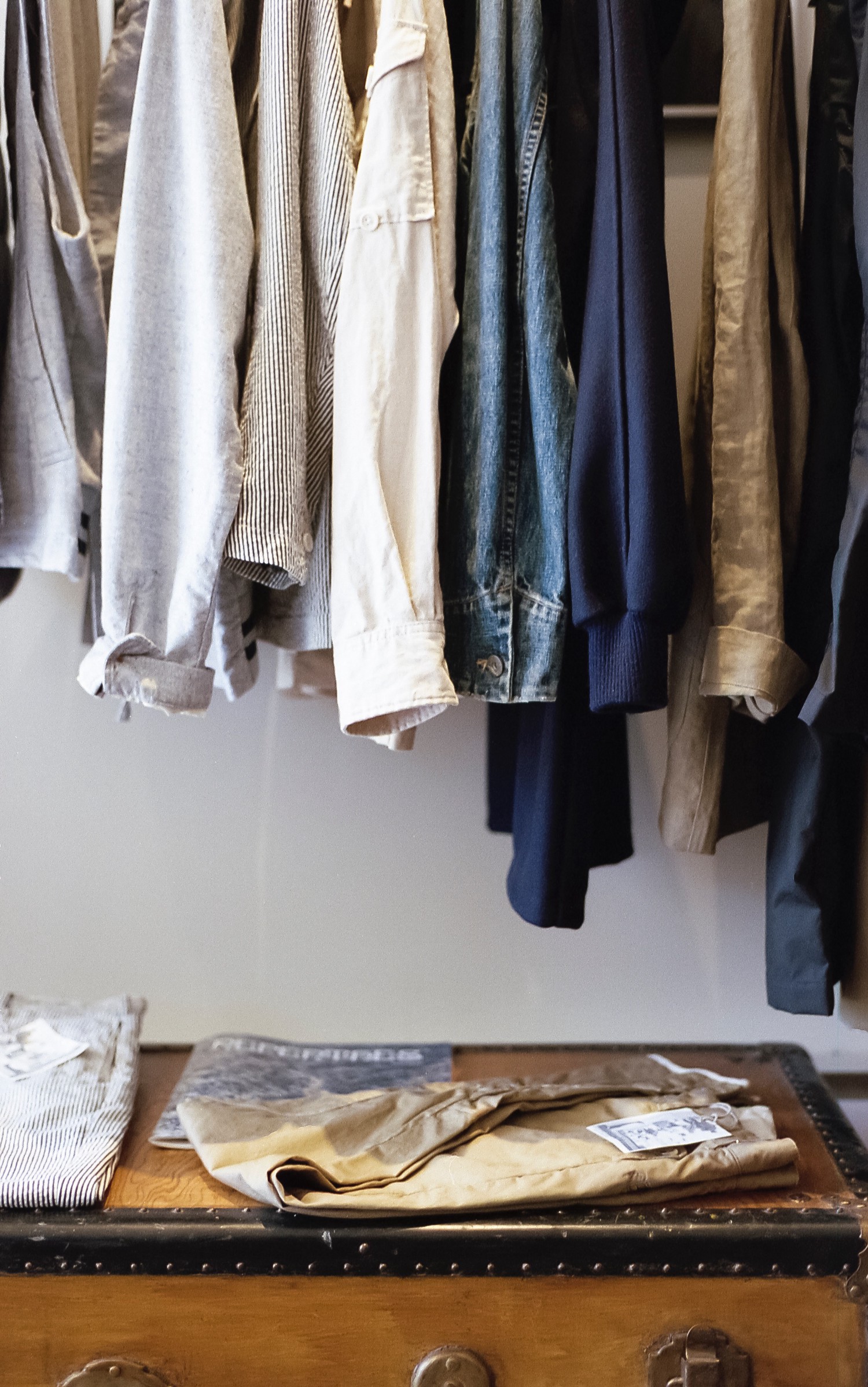What shall I wear today to make me a happy writer?
Pyjamas are my failsafe Oxytocin-Outfit.
Today I am at home writing in very soft, old, faded winceyette pyjamas and bright pink socks. These PJ’s make me feel as if I am carefree and childlike. When I write I feel as if I am back at school, I remember the thrill of weekend homework, I was a swot who put extra effort into assignments and loved essays. Enclothed in these pyjamas is a warm glow of satisfaction that a well-constructed sentence provides; there are memories, an attachment to the past, but also a sense that the actual physical sensation, the connection of fabric-to-skin, ignites oxytocin. I am flooding my system with a calmness that helps me to focus and maintain the composure I need when I have multiple writing deadlines looming.

Mood-matching or Mood-making?
However I don’t always write in this outfit. Today it matched my mood but on other writing days I have needed to be an altogether different person. I find that interesting because had assumed that context, what I am doing on any given day, would have more relevance to how connected I was to my way of dressing. I was unaware that my feelings took precedent when I chose what to wear until I paid attention. I recently made a decision that has profoundly influenced the way in which I approach getting dressed. I have decided to dress to make myself happy. Now that may be an obvious way to make sartorial chooses for many people but it is a completely new attitude for me. For years I stood before my mirror and asked myself “How does this look? How do I appear to others?” Always searching for validation in the appraisal of an external viewpoint I was intent on seeing what others saw. I now stand in front of my clothes and ask myself “How do I feel today? Who do I want to be? What aspects of my personality need to be heard today?” I make my clothing choices from a position of mindfulness. If I’m feeling less than joyful do I want to reveal my sadness or can I wear a dress that makes me feel happy? Do I have clothes that actually make me feel miserable even if I start out in a good mood? I am learning by paying attention. Each day a different aspect is revealed to me as I play with the garments in my wardrobe to encourage emotions to surface and in doing so I understand the importance of my sense of self.
This dressing with intent stemmed from research I conducted with a group of wonderful colourful participants who have impacted on my own confidence in creating an identity that fits. This project was deeply embedded in my hunt for who I am via what I wear.

What else have I worn this week that made me happy?
On Thursday I had a full on day of meetings and was unsure that my mood-dressing intervention was going to provide me with an appropriate look. I was feeling nervous about the day so approached my wardrobe needing to choose something that made me feel confident inside not just a superficial external visual signifier. This was achieved with an all navy collection, a bright red necklace and my hand painted boots.
How did this make me feel happy?
If made me feel happy because it was the right balance of clever knowingness and playful creativity. That was who I wanted to be. How I wanted to communicate who I was on that day.
I have noticed that once I have put on the right clothes to match who I am then I don’t look in the mirror. I sense who I am, I don’t need a visual reminder. When I look in the mirror I am questioning myself and my decisions; is this me? Who is that person looking back at me? I am immediately disconnected from my feelings and become the other.
In dressing with mindful intention I am reclaiming a version of myself that I had abandoned, I am free to play with my personality as I create daily positive outfits that are enhancing my happiness. This feels really good. It began as a way to understand my own research, I had intended to practice ten days of happy dressing, write it up and move on. But this is too good to discard. I shall continue to work on sartorial well-being and be a very happy dresser.
Originally published at medium.com


